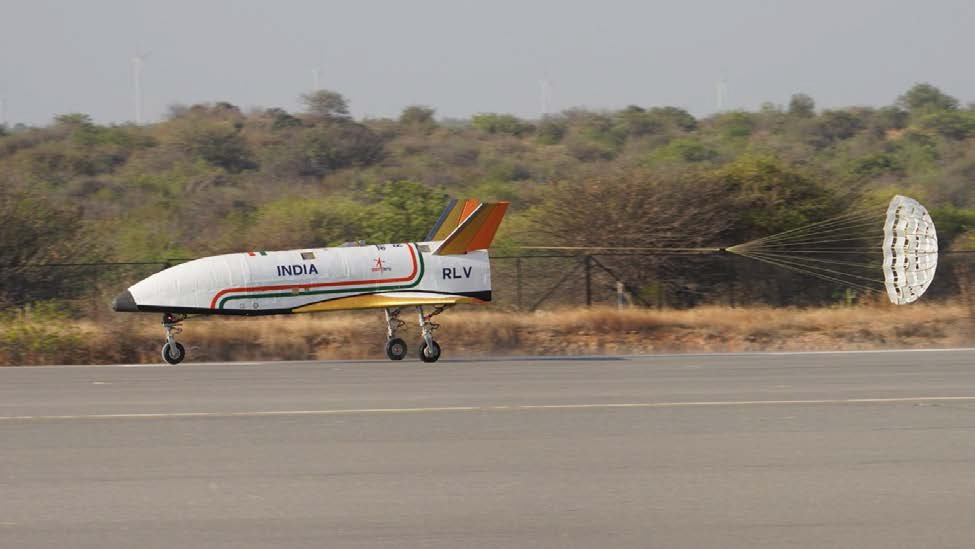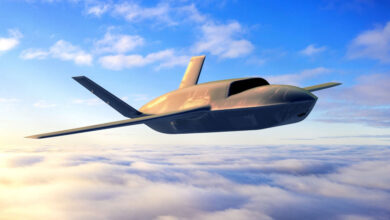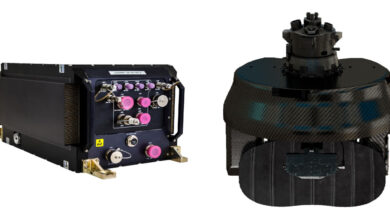Reusable Launch Vehicle Mission RLV LEX: A Mission manifesting ISRO’s future readiness
- The Reusable Launch Vehicle Autonomous Landing Mission (RLV LEX) test is the second of five tests and part of ISRO’s efforts to develop space planes
- The first experiment was conducted successfully by ISRO on May 23, 2016, on the RLV-TD (HEX) mission
- The series of experiments with the winged RLV-TD are part of efforts at developing essential technologies for a fully reusable launch vehicle to enable low-cost access to space
- In the future, this vehicle will be scaled up to become the first stage of India’s reusable two-stage orbital (TSTO) launch vehicle
- Three more experiments — return flight experiment (REX), powered cruise flight, and Scramjet Propulsion Experiment (SPEX) — have to be conducted.
Bangalore, April 4. India joined the league of space player nations in 1962 with the formation of the Indian National Committee for Space Research (INCOSPAR), which was later renamed as Indian Space Research Organisation (ISRO).

India commenced its space exploration journey through the launch of its first satellite, Aryabhata, launched by the Soviet Union in 1975. Since then, India’s space missions have seen massive achievements in terms of success rate and have proved to be extremely cost-efficient.
The Reusable Launch Vehicle Autonomous Landing Mission (RLV LEX) test was the second of five tests and part of ISRO’s efforts to develop space planes, shuttles that can travel to low earth orbits, deliver payloads and return to earth for use again.
On the morning of April 2, 2023, the Indian Space Research Organisation and its partners, Defence Research and Development Organisation and Indian Air Force successfully demonstrated a precise landing experiment for a Reusable Launch Vehicle at the Aeronautical Test Range (ATR), Chitradurga, Karnataka.
The Reusable Launch Vehicle Autonomous Landing Mission (RLV LEX) test was the second of five tests that are a part of ISRO’s efforts to develop RLVs, or space planes, shuttles, which can travel to low earth orbits to deliver payloads and return to earth for use again.
“RLV performed approach and landing maneuvers using the Integrated Navigation, Guidance, and control system and completed an autonomous landing on the ATR airstrip at 7:40 AM IST.
With that, ISRO successfully achieved the autonomous landing of a space vehicle,” ISRO announced on Sunday morning.
The experiment was carried out nearly seven years after the technology demonstration of an RLV and the first experiment was conducted successfully by ISRO on May 23, 2016, on the RLV-TD (HEX) mission.
According to ISRO, the series of experiments with the winged RLV-TD are part of efforts at “developing essential technologies for a fully reusable launch vehicle to enable low-cost access to space”.
The RLV-TD will be used to develop technologies like hypersonic flight (HEX), autonomous landing (LEX), return flight experiment (REX), powered cruise flight, and Scramjet Propulsion Experiment (SPEX).
“In the future, this vehicle will be scaled up to become the first stage of India’s reusable two-stage orbital (TSTO) launch vehicle,” according to ISRO.
ISRO’s RLV-TD looks like an aircraft. It consists of a fuselage, a nose cap, double delta wings, and twin vertical tails. The 2016 experiment involved sending a winged spacecraft on a rocket powered by a conventional solid booster (HS9) engine used by ISRO into space.
The spacecraft travelled at a speed of Mach 5 (five times the speed of sound) when re-entering the earth’s orbit and traveled a distance of 450 km before splashdown in the Bay of Bengal.
“The selection of materials like special alloys, composites, and insulation materials for developing an RLV-TD and the crafting of its parts is very complex and demands highly skilled manpower. Many high technology machinery and test equipment were utilized for building this vehicle,” ISRO said.
One of the first trials of an RLV was announced by ISRO as far back as 2010, but was put off due to technical reasons. Another was hinted at in 2015 but was again grounded over technical issues.
ISRO’s RLV development program took a backseat at the agency as much of the attention in recent years was focussed on the development of the heavy lift Geosynchronous Satellite Launch Vehicle (GSLV) and its high-end version, the GSLV-Mk III, to enable ISRO to break into the lucrative market for launching large communication satellites weighing over 2,000 kg.
Finally, the first trial of the RLV-TD was conducted on May 23, 2016.
When the first experiment was done in 2016, ISRO officials described it as a “baby step” in the development of an RLV.
A rocket carrying the 1.75 tonnes RLV-TD was launched into space for 91.1 seconds and reached a height of about 56 km, when the RLV-TD separated from the rocket and climbed to a height of about 65 km.
From this height, the RLV-TD began its return to earth and entered the atmosphere at a speed of around Mach 5 and was navigated by the vehicle’s own systems to a predetermined landing spot in the Bay of Bengal, around 450 KM from the launch site at Sriharikota.
The RLV was tracked during the flight from ground stations at Sriharikota and a terminal on a ship. While the re-entry into the earth’s atmosphere happens at a velocity of 8 km/sec the RLV TD HEX1 was tested at a much lower velocity of 1.7 km/sec to 2 km/sec. The total flight lasted 770 seconds.
In the first flight, “critical technologies such as autonomous navigation, guidance and control, reusable thermal protection system, and re-entry mission management have been successfully validated,” ISRO said in May 2016.
The RLV LEX test carried out on Sunday involved a Chinook Helicopter of the Indian Air Force lifting the RLV LEX to a height of 4.5 km and releasing the RLV, based on a command from Mission Management Computer.
After mid-air release, the RLV carried out an autonomous landing “under the exact conditions of a Space Re-entry vehicle’s landing — high speed, unmanned, precise landing from the same return path — as if the vehicle arrived from space,” ISRO said in an official statement. It added, “Landing parameters such as ground relative velocity, the sink rate of landing gears, and precise body rates, as might be experienced by an orbital re-entry space vehicle in its return path, were achieved.”
According to ISRO, the first test with RLV-TD (HEX1) involved the vehicle landing on a hypothetical runway over the Bay of Bengal while the LEX experiment on Sunday involved a precise landing on a runway.
The LEX mission achieved the final approach phase that coincided with the re-entry return flight path exhibiting an autonomous, high speed (350 km per hour) landing, it said. “With LEX, the dream of an Indian Reusable Launch Vehicle arrives one step closer to reality,” ISRO said.
Three more experiments — return flight experiment (REX), powered cruise flight, and Scramjet Propulsion Experiment (SPEX) — have to be conducted.
With the costs acting as a major deterrent to space exploration, a reusable launch vehicle is considered a low-cost, reliable, and on-demand mode of accessing space.
“Nearly 80 to 87 percent of the cost in a space launch vehicle goes into the structure of the vehicle. The costs of propellants are minimal in comparison.
By using RLVs the cost of a launch can be reduced by nearly 80 percent of the present cost,” the former ISRO chairman K Sivan said at the time of the first RLV-TD experimental flight in 2016.
Reusable space vehicles have been in existence for a long time with NASA space shuttles carrying out dozens of human space flight missions.
The use case for reusable space launch vehicles has revived with the private space launch services provider Space X demonstrating partially reusable launch systems with its Falcon 9 and Falcon Heavy rockets since 2017.
In the years to come, it would be interesting to watch the new era of space exploration. Given the current trends and the growth trajectory, India is poised to emerge as a formidable force in the space sector.





